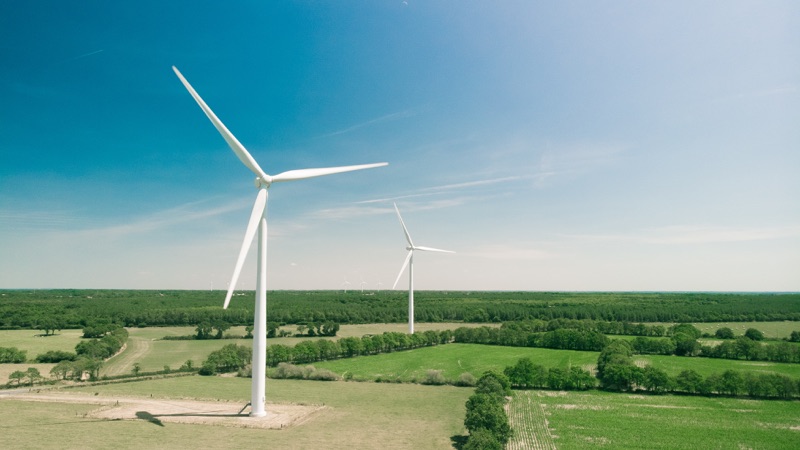
In the quest for sustainable energy solutions, the evolution of wind turbine technology over the past decade has been nothing short of remarkable. With advancements driven by innovation and a global commitment to renewable energy, wind turbines have undergone significant improvements, resulting in increased efficiency, lower costs, and a smaller environmental footprint. In this article, we’ll explore the key developments that have shaped the wind energy landscape, the tangible benefits these advancements bring, and the impact on jobs in the United States.
1. Increased Efficiency Through Advanced Design
In the last ten years, the design of wind turbines has undergone a transformative evolution. The introduction of larger rotor diameters and taller towers has significantly increased the efficiency of modern turbines. According to the International Renewable Energy Agency (IRENA), the average capacity factor for onshore wind turbines increased from 22% in 2010 to 26% in 2019, a testament to the improved design and performance of these renewable energy systems.
2. Technological Innovations Driving Higher Energy Output
Advancements in technology, particularly in the field of materials and aerodynamics, have played a crucial role in enhancing the energy output of wind turbines. The integration of smart technologies, such as advanced sensors and control systems, enables turbines to optimize their performance in real-time, adapting to changing wind conditions for maximum efficiency. This not only increases energy production but also contributes to the overall reliability and longevity of the turbines.
3. Declining Costs Fueling Global Adoption
The continuous improvement of wind turbine technology has led to a substantial reduction in the levelized cost of electricity (LCOE) from wind power. According to the U.S. Department of Energy, the LCOE for land-based, utility-scale wind turbines has decreased by 71% since 2010, making wind energy increasingly competitive with conventional power sources. This decline in costs has accelerated the global adoption of wind power as a viable and cost-effective renewable energy solution.
4. Offshore Wind Power Takes Center Stage
One of the most significant developments in the last decade is the rapid growth of offshore wind power. Offshore wind farms benefit from stronger and more consistent wind speeds, leading to higher energy yields. According to the Global Wind Energy Council, global offshore wind capacity increased by a staggering 470% between 2010 and 2019. This expansion opens up new frontiers for wind energy deployment, especially in regions with limited onshore space.
5. Environmental Benefits and Carbon Reduction
The improved efficiency and increased deployment of wind turbines contribute directly to environmental conservation and carbon reduction. According to a report by the European Environment Agency, the use of wind energy in Europe alone helped avoid 336 million tonnes of CO2 emissions in 2019. As wind power becomes a larger share of the global energy mix, these environmental benefits will continue to grow, playing a crucial role in mitigating climate change.
The Impact on Jobs: A Growing Workforce
According to the Office of Energy Efficiency and Renewable Energy, over 120,000 people in the United States are currently employed in the wind industry. The U.S. Bureau of Labor Statistics further highlights the significance of this sector, ranking wind turbine technicians as the second fastest-growing job of the decade. This underscores not only the environmental benefits of wind energy but also its role in driving economic growth and job creation.
Challenges in Wind Turbine Technology
While the benefits of wind energy are substantial, challenges persist. Installation challenges, including logistical issues and the need for specialized equipment, can pose hurdles in the development of wind projects. Additionally, concerns about noise and visual aesthetics have been raised in communities near wind farms. Addressing these challenges requires a collaborative effort from industry stakeholders, policymakers, and communities to find solutions that balance the benefits of clean energy with local considerations.
Conclusion
The evolution of wind turbine technology over the past decade has ushered in a new era for renewable energy, not only providing a cleaner and more sustainable power source but also creating jobs and driving economic growth. As we continue to harness the power of the wind, it is essential to address challenges collaboratively and ensure that the benefits of wind energy are realized by communities, the workforce, and the environment alike. The wind is not only being harnessed; it’s powering a cleaner, greener tomorrow for all.







